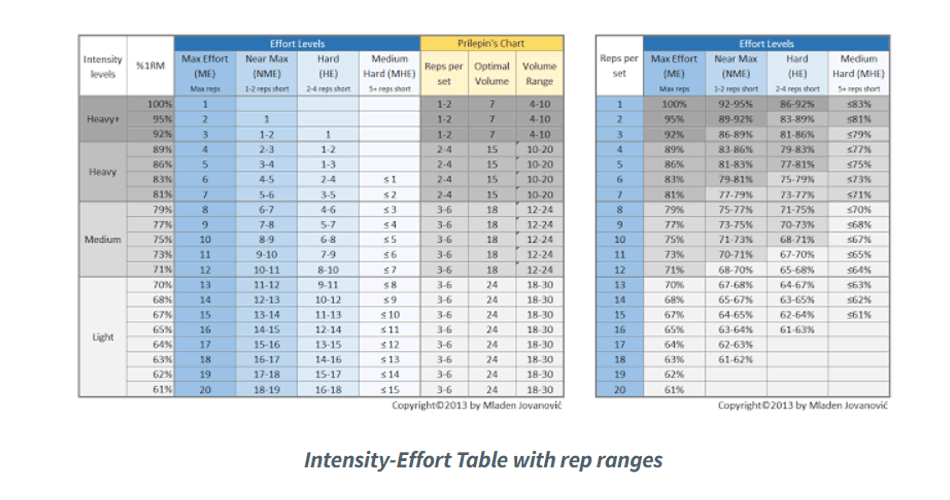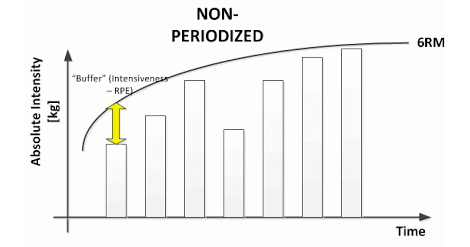Reconciling Sheiko and Westside

Sheiko and Westside are probably the two most known powerlifting training systems that brought numerous champs in the sport. Yet, they tend to differ a lot.
Sheiko uses high-frequency and high-volume of most specific lifts, sometimes even training twice a day (see very interesting approach HERE). Sheiko also seems overly prescriptive in terms or reps and percentages used. Great overview can be found at Powerlifting To Win website (which is great website with great and extensive reviews of some strength systems and programs)
Westside uses high-intensity special lifts that are rotated every week or two and done twice per week in upper/lower fashion. When it comes to prescription Westside is a bit more looser than Sheiko, where goal reps are prescribed (except for dynamic effort days). Please read Izzy’s great overview at Powerlifting To Win website.
As I have alluded multiple times, I think the systems differ in the way they model reality and in this particular case the way they solve the “root problem”. Sheiko looks at the powerlifts more as a skill entity that needs frequent training and refinement. Westside on opposite side looks on powerlifts as and expression of “strength” that can (and should) be developed using similar (or special) lifts that hits the “weak links” (or limiters). The question is who is right?
No one, of course. Both of them can work, depending on the specific person I guess, or the stage in one career. They might actually work better of worse for a given lift (e.g. upper body might react favorably to high-frequency approach and more stable exercise choices, compared to lower body that might demand higher intensity approach and often exercise rotations). Hence, both are wrong, but useful. Unfortunately there is no free lunch. One must understand the rationale, even the beliefs behind certain system and use it depending on his own circumstances.
I believe that Mike Tuchscherer went the furthest with his approach (RTS) and implemented both high-load and high-frequency approaches that are auto-regulated and individualized (see Izzy’s review HERE)
On top of this discussion comes the discussion of “periodization” and progressions. A bunch of studies shows that “periodized” programs beat “non-periodized program” (but also some show no difference – LINK). By “periodized” most refer to rotation in reps per set. Unfortunately, that is only one way to “periodize” the training. “Progression” is also a word that is often used, and mostly refers to the same exact thing – pre-planned alternations in set and rep schemes (or more simply: making things harder). I think there is no free lunch here either.
The question is why should training be “periodized” or “progressed” in pre-planned manner? Should we (or can we) plan for adaptation and progression, or allow adaptation and progression to happen?
As a complementary guy, I believe what we need both pre-planned progressions that are not overly prescriptive and are based on the accumulated knowledge of what might happen, when and for how long (and this might be a model built on n=1, or for a specific individual). We also need a lot of wiggle room for day to day variability and individual progression and reaction to training. There are numerous ways to solve these issues, along with mental and productivity issues that arise. No free lunch.
Coach needs to solve numerous “squiggles” like stability~variability, general~specific, skill~ability, develop~express and so forth. And most importantly this might need to be solved for each individual.
In recent years I have been leaning more to high-frequency lifting and my shitty lifts seem to be improving from such a practice. But to be honest, my lifts tend to improve every time I spend some consistent time in the gym regardless of the system and set&rep scheme (as long as I don’t do anything stupid). The problem is that I am not that consistent or motivated (or genetically gifted) to be more than an average lifter. I also noticed that I burned out and got injured every time I chased numbers or pre-planned weights (especially if done too optimistic) and got anxious to hit them even before entering the gym. The injuries and burnout might be very related to emotional attachments. One needs to take a stoic approach – control what you can and don’t try to force the adaptation. But free-flowing in the gym also showed me that I do need some structure. Balance is the keyword. No free lunch.
Anyway, to summarize this rant of mine, I will try to provide an approach that might be tested by some lifters and just for “food for thought”. In another way I will try to reconcile both Westside and Sheiko, using a high-frequency approach and spice it up with Mike Tuchscherer’s RPE system.
As you will see, the morning workout is more “skill” and volume-oriented and stays the “same” for a longer period of time. This is where you practice your main lifts (I will assume raw competition, but for geared one can cycle the periods). Let the frequency be the stimuli and go always on the lighter side. I’ve put some percentages just for an example and they should be adjusted on the day. The percentages are referred to EDM, or every day Maximum as Paul Carter likes to call it.
The evening workout is where you ramp up to a heavy set using a specialized exercise that is rotated every week or two (in this case week one could be 5s and week two could be 3s or some other similar theme).











Responses